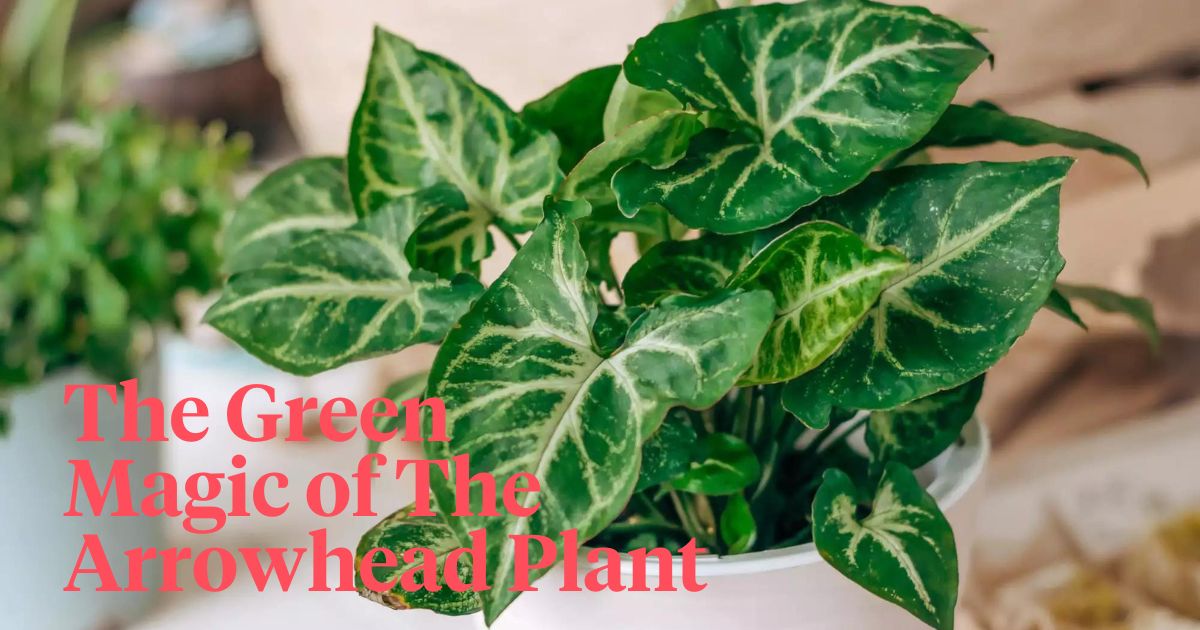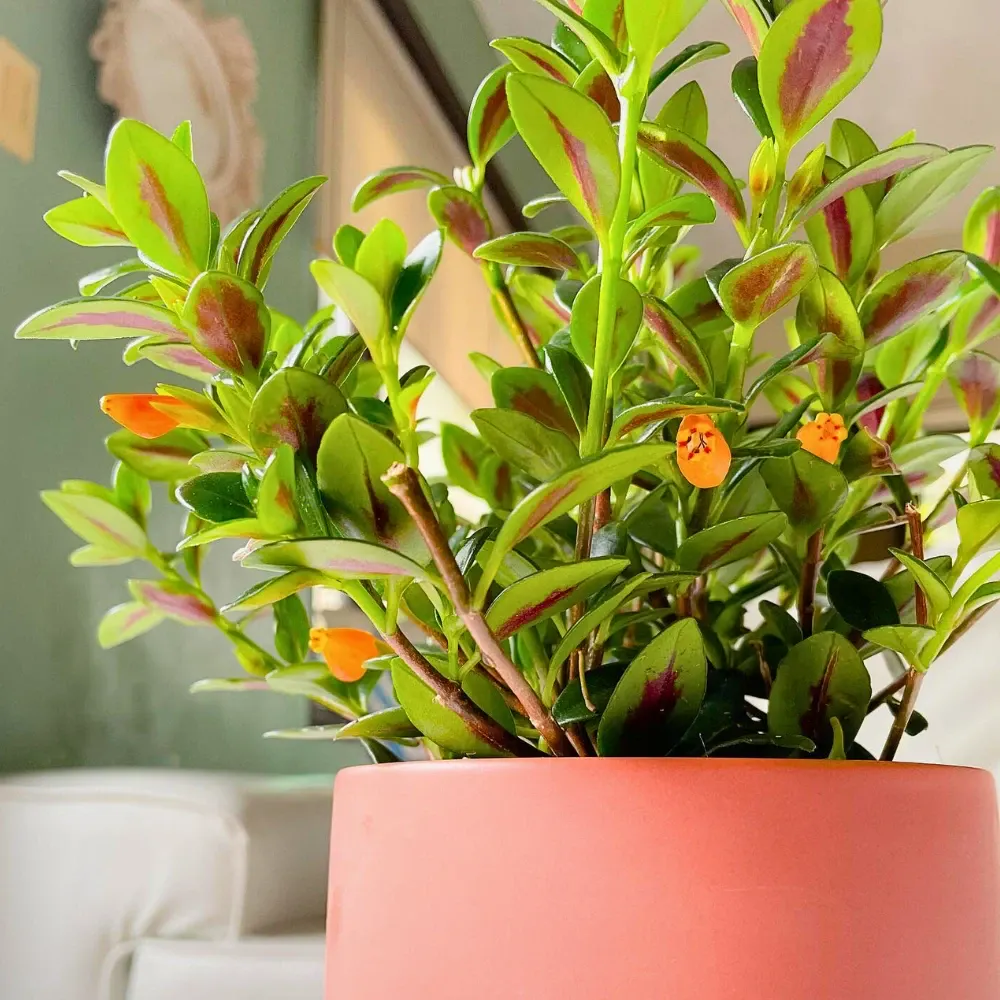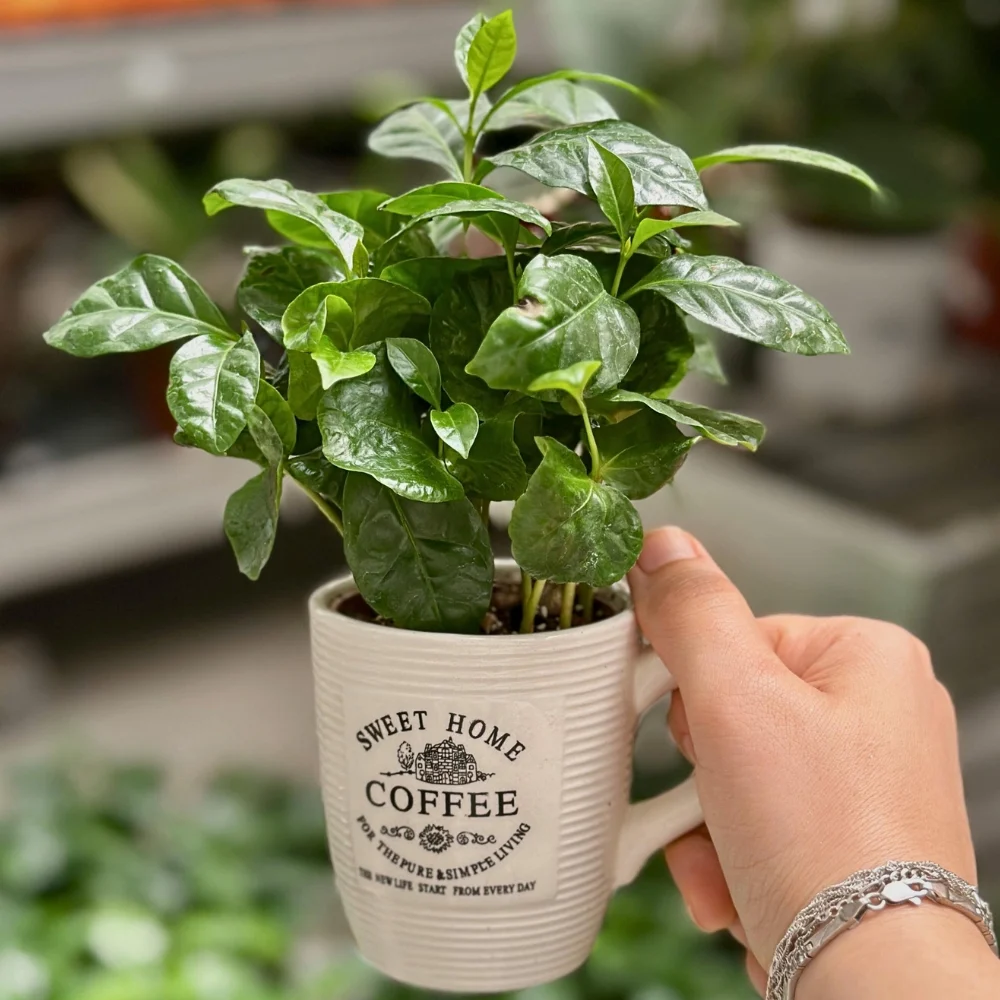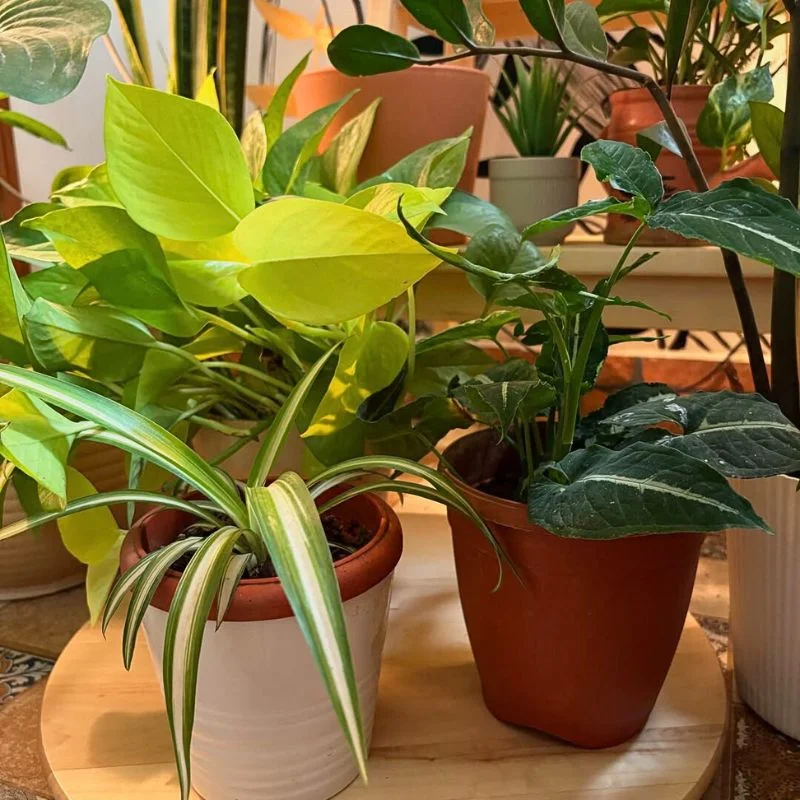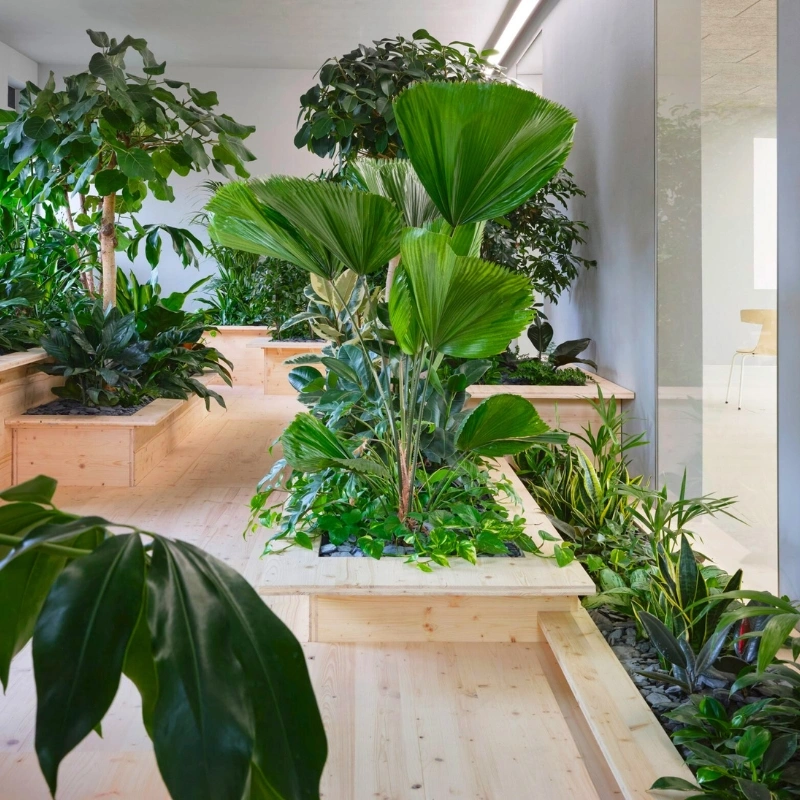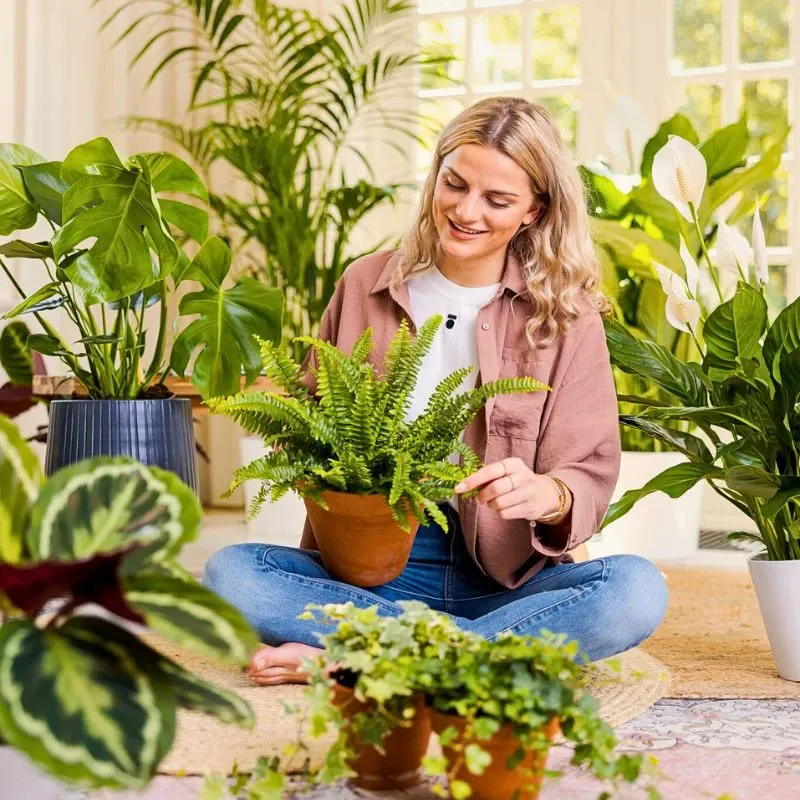To start this amazing plant edition, the main protagonist of the story will be indeed the arrowhead plant. The tropical rainforests of Central and South America are home to this beauty, and in fact, is a native species to these regions. Any guesses on why it's called arrowhead plant? Learn all about it next!
Everything to Know About the Arrowhead Plant
Native to portions of South and Mexico, the arrowhead plant (Syngonium podophyllum) is a semi-tropical plant. Under common names such as arrowhead philodendron, arrowhead vine, American evergreen, nephthytis, and goosefoot, the species is widely offered for sale as an interior plant. If you're a fan of houseplants and want to fill up your house this new year, the arrowhead plant is a lovely option.
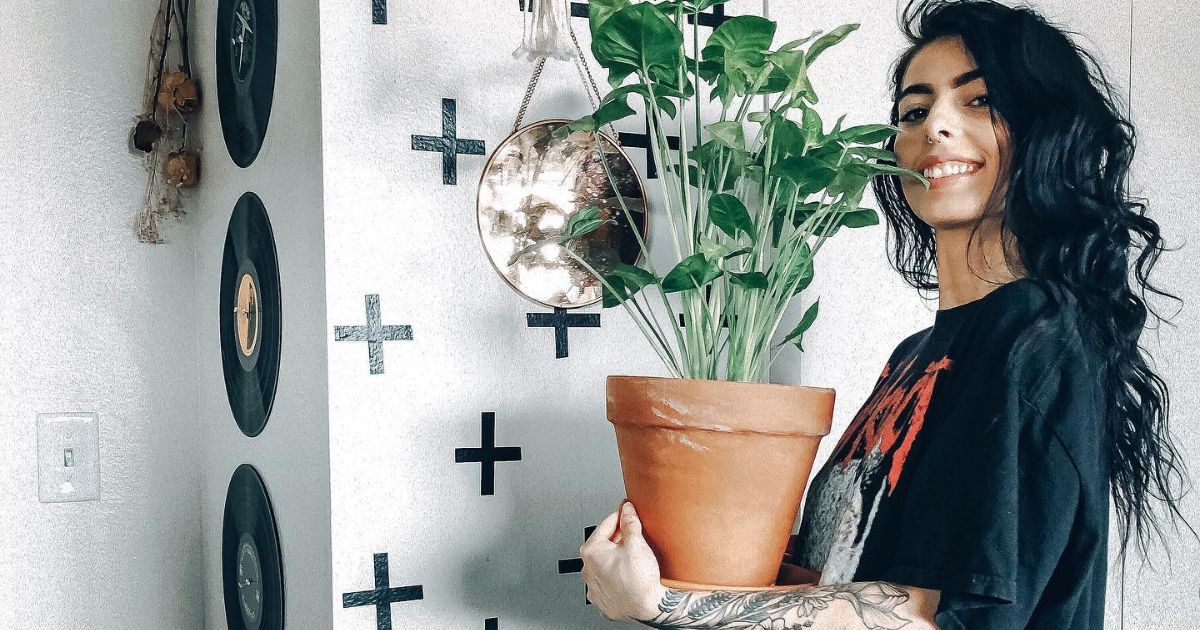
The arrowhead plant often grows beneath a forest canopy in its natural habitat. As a result, indirect, bright light is optimal for its leaves' variegated yellow and dark green color. Arrowhead plants can thrive in low-light and medium-light environments with the right care, but they fare poorly in direct sunlight (you'll get a complete care guide coming up next). It's a logical choice for a houseplant because of this, and indoor gardeners have traditionally favored it.
The lush, quickly-growing arrowhead continuously unfolds new leaves in shades ranging from lime green to pink to dark green with prominent white variegation. Young arrowhead plants are distinguished by their erect stem clusters, typical of the species. One of the best varieties out there is the Syngonium Podophyllum Albo Variegatum, considered to be one of the best picks for rare houseplant lovers.
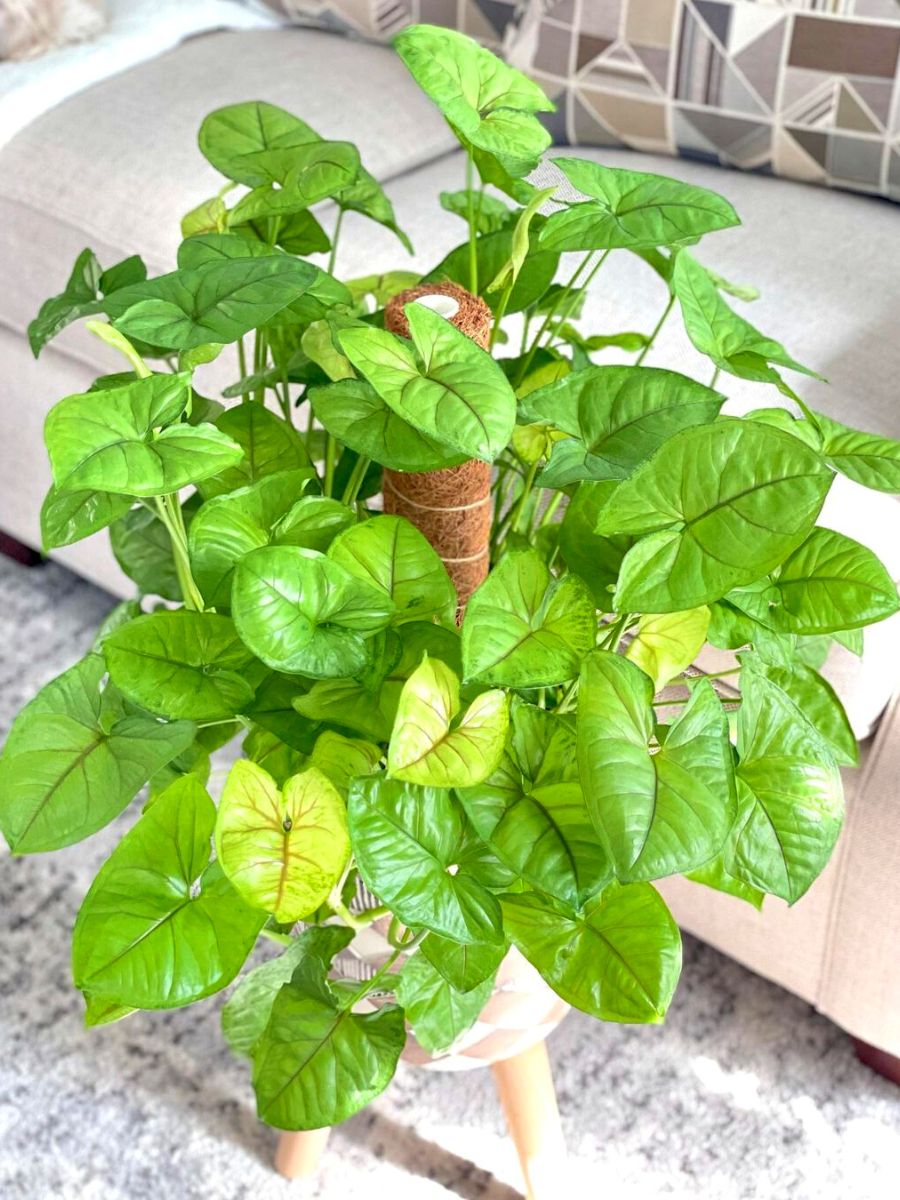
The Arrowhead Plant Diaries Explained
Have you ever wondered why this plant has such a particular name? Here's the logical explanation of course. The spade-shaped leaves of this plant gave it the common name 'Arrowhead Plant'. The arrowhead plant can be grown alone or in a mixed planting for additional interest. However, the plant will start to 'vine' as it gets older, so it could be a good idea to cultivate the arrowhead plant in a hanging basket. The plant can also be trained for support on a pole or trellis and is even considered a hydroponic plant. Don't know what this is? Read the article 'Hydroponics - Indoor Plants Doing Great in Water Only' to know why the arrowhead plant is also considered one of them!
Did you know the arrowhead plant is also considered among the 10 most popular money plants that have a feng shui influence?
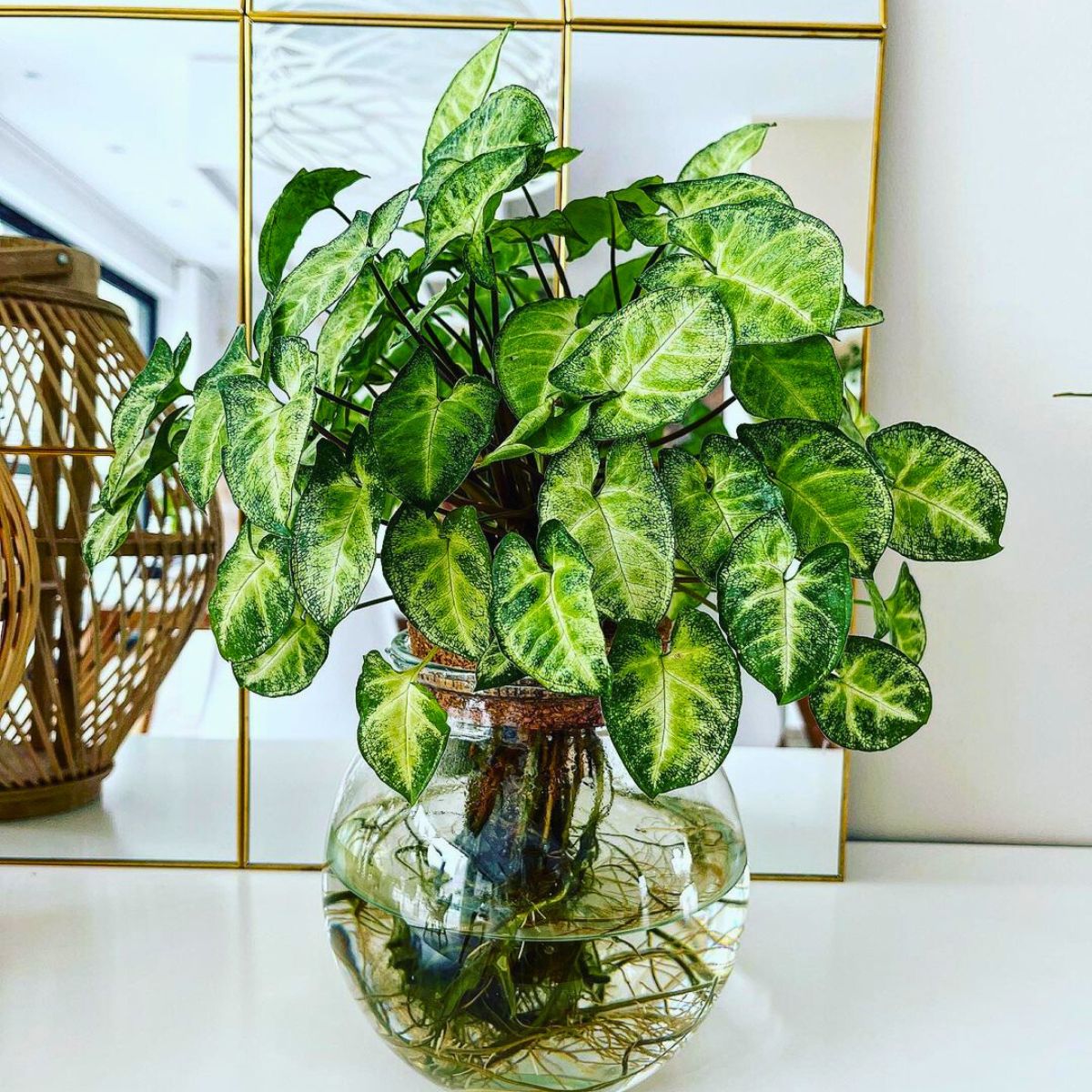
Arrowhead Plant Care Handles
These versatile plants are known for their beautiful, arrowhead-shaped leaves, which come in a variety of colors and patterns. The Arrowhead is truly a fast-growing and lush plant that is constantly unfurling new foliage in colors ranging from dark green with strong white variegation to lime and even pink. For the best results and to see your newest houseplant thrive, make sure to follow these simple care tips to keep your arrowhead plant healthy.
1. Light
When it comes to light requirements, the Arrowhead Plant prefers bright, indirect sunlight but can tolerate low light. It works best near a north-facing window or with filtered light from a sheer curtain. Direct sunlight can scorch the delicate leaves, whereas insufficient light can cause leggy growth. Finding the ideal spot will promote healthy foliage and vibrant colors.
If you notice your Arrowhead plant's leaves turning yellow or losing variegation, it could be a sign of too much light. However, if the plant begins to grow tall and lanky, it may need more light. Plus, it’s worth noting that the Arrowhead plant is native to the tropical rainforests of Central and South America, where it grows under the canopy of larger trees.
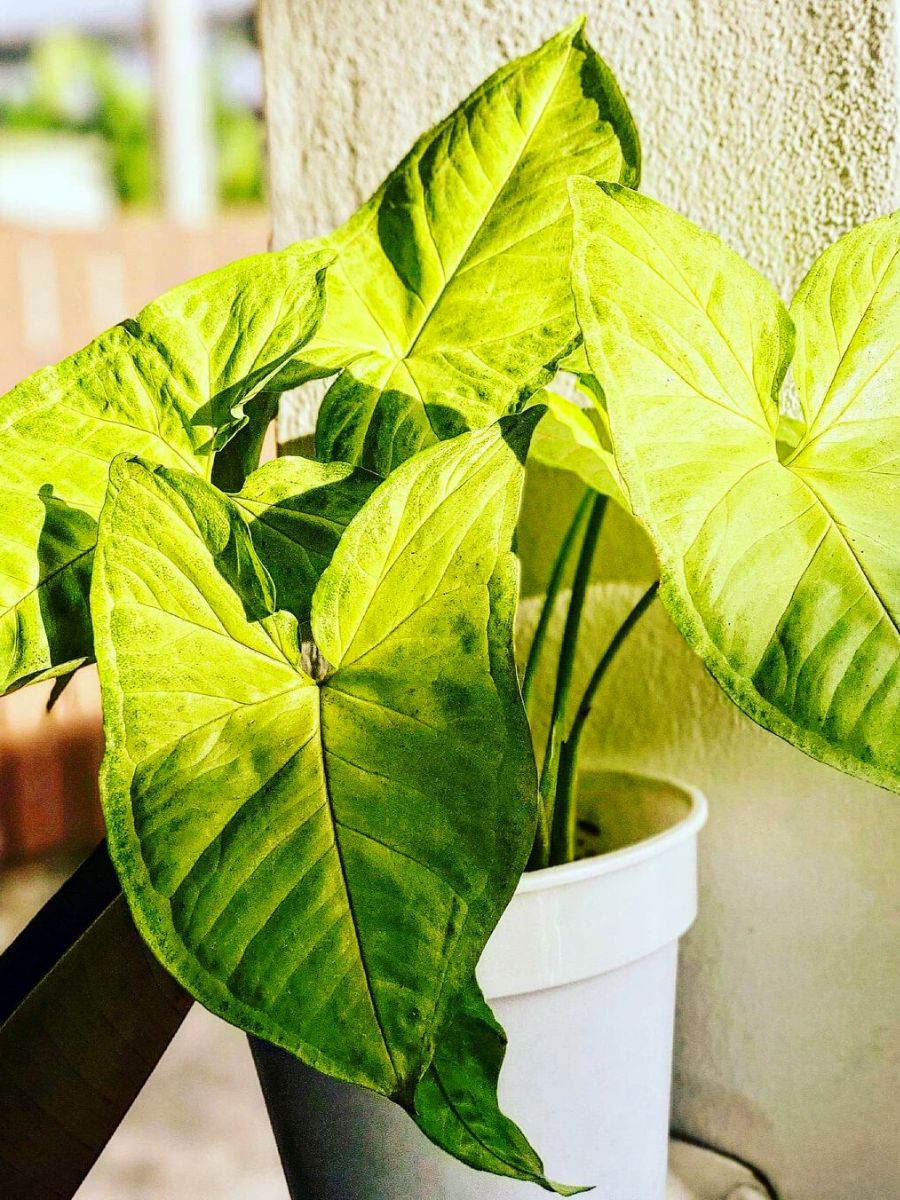
2. Humidity
Arrowhead plants thrive in normal room temperatures. Ideally, maintain a temperature between 15 degrees Celcius (60 degrees Fahrenheit) and 29 degrees Celcius (85 degrees Fahrenheit). Avoid exposing the plant to drafty conditions or abrupt temperature changes. The Arrowhead plant prefers higher levels of humidity, and to do so, you must mist the leaves or place a tray of water near the plant. Another option is to place a humidifier in the room where the plant is kept. Maintaining adequate humidity will help to avoid dry leaf tips and promote healthy growth. It's worth noting that the Arrowhead plant's natural habitat in rainforests is consistently warm and humid. Understanding this allows you to replicate similar conditions in your home to ensure the plant's overall health and optimal growth.
3. Water
Proper watering is essential for the Arrowhead plant. Keep the soil moist but not soggy. Overwatering can cause root rot, whereas underwatering causes the plant to wilt and become dehydrated. Check the moisture level in the soil by inserting your finger about an inch deep into the potting mix. If it feels dry at that depth, it's time to water the plant. During the growing season, which runs from spring to summer, you may need to water more frequently. In the winter, reduce watering and let the soil dry slightly between waterings.
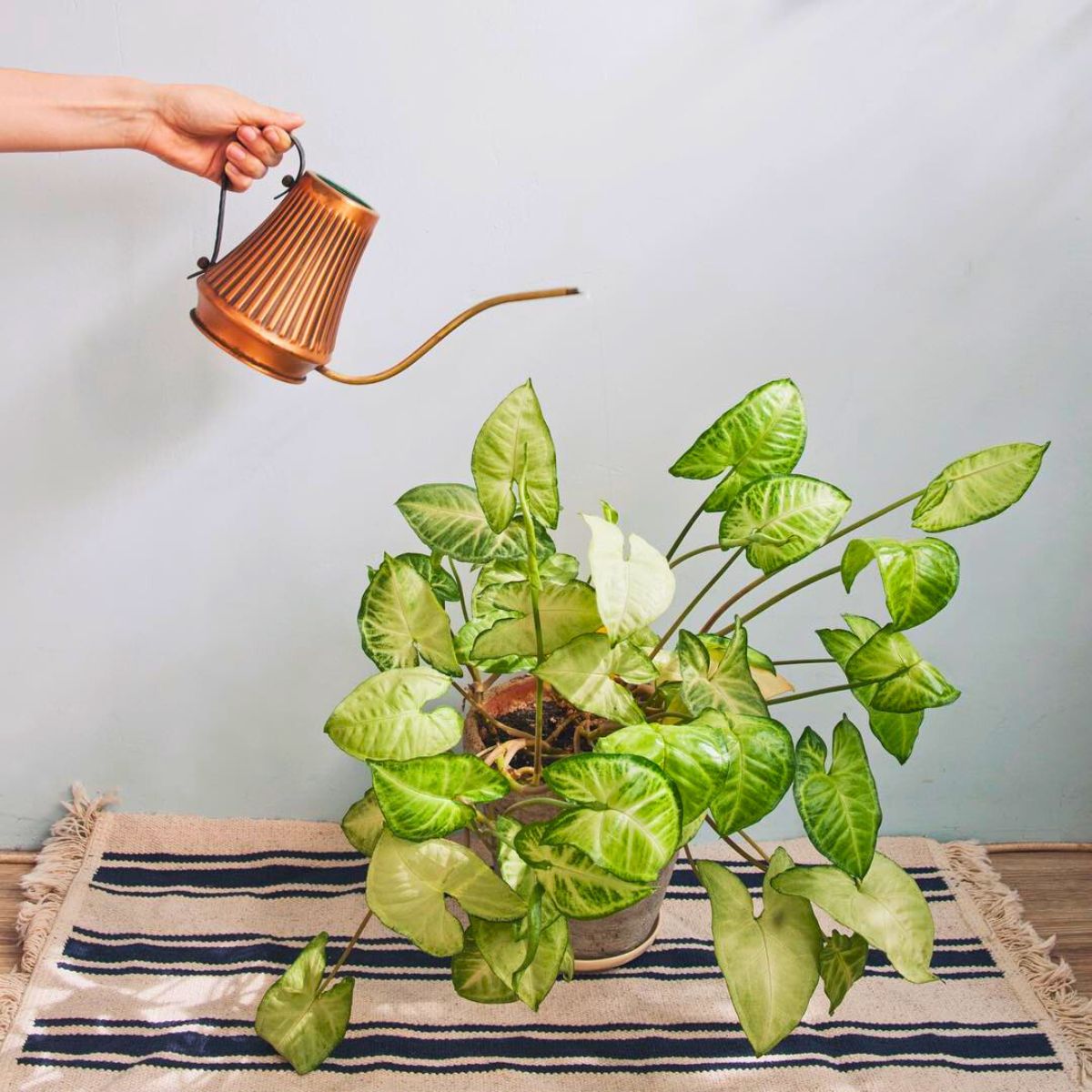
4. Soil
Choosing the right soil is critical to the arrowhead plant's growth and development. A well-drained potting mix that retains moisture is ideal. Consider mixing peat moss, perlite, and regular potting soil. This combination will ensure good drainage while also providing the plant with the nutrients it requires.
When potting your Arrowhead plant, use a pot with drainage holes. This will prevent waterlogging and root rot, which can be harmful to the plant's health. In addition, to improve drainage, add a layer of small rocks or broken pottery to the bottom of the pot.
5. Pruning
Prune your plant for bushier foliage. Arrowhead plants are natural climbers and if you let them grow, you can train them to go up the side of a trellis. If you would rather have a bushy plant, prune it regularly to have shorter, bushier foliage.
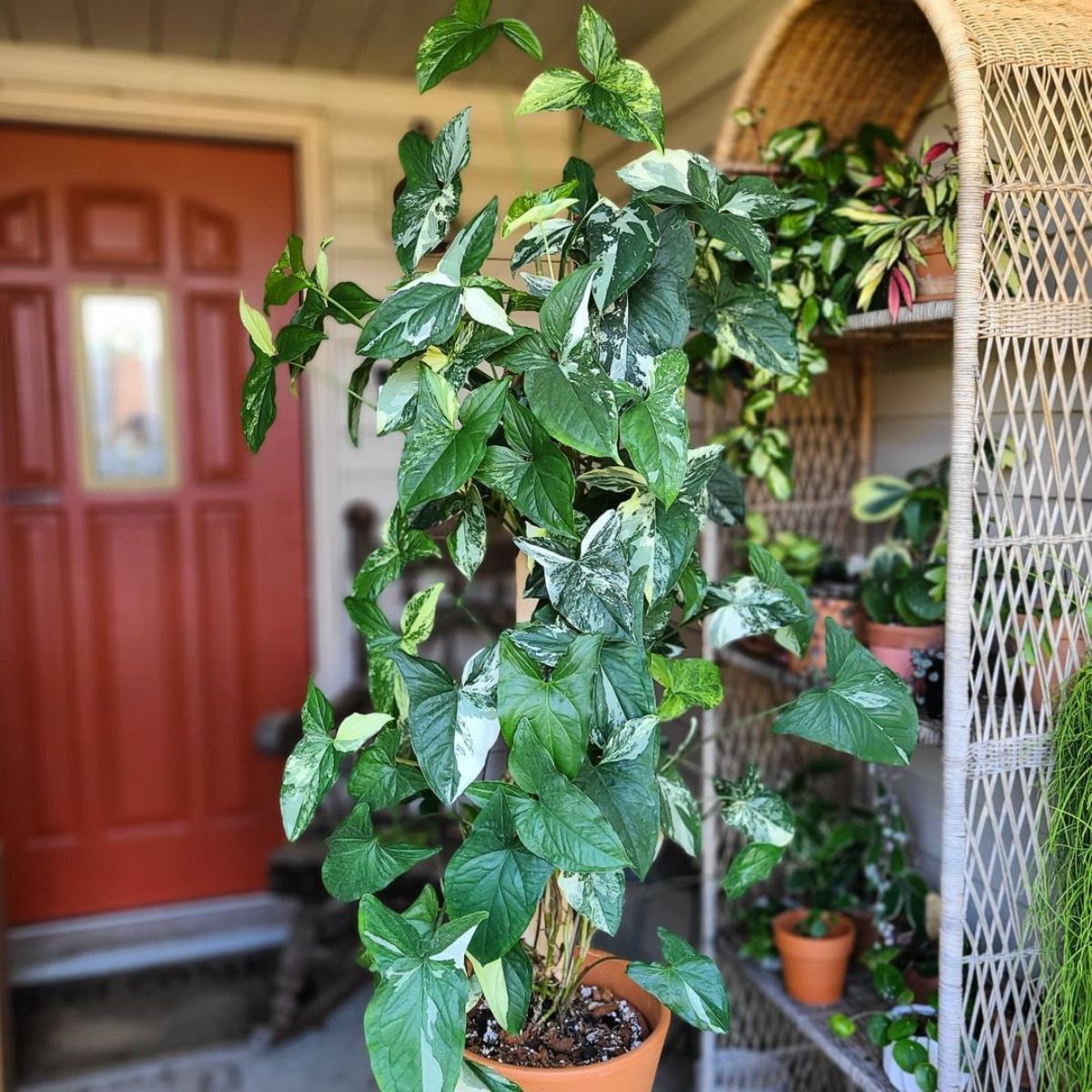
Photo: @amandaandtheplants
How to Grow an Arrowhead Plant
Indoor arrowhead plant care and growth is relatively simple so long as you provide the right environment for your plant. If you're ready for your plant to grow the right way, follow these simple tips and steps.
1. Repot Your Arrowhead Plant as Needed
A growing arrowhead plant can require annual repotting. Start it in a similar-sized pot to the one it was packaged in. Use a typical indoor potting mix while repotting, and try to do it in the early spring.
2. Place Arrowhead Plants in Bright Light
Arrowhead plants thrive in bright, indirect light, but they can also do well in medium light. The plant will tolerate low light as long as it is not overwatered. Avoid placing arrowhead plants outdoors in direct sunlight.
3. Water Your Arrowhead Plant According to the Season
In the spring and summer, potting soil should be moist, and in the fall and winter, it should be slightly dry. Make sure your potting mix drains adequately and that the bottom of your pot or container has drainage holes. The root rot of arrowhead plants can occur if they are left in standing water.
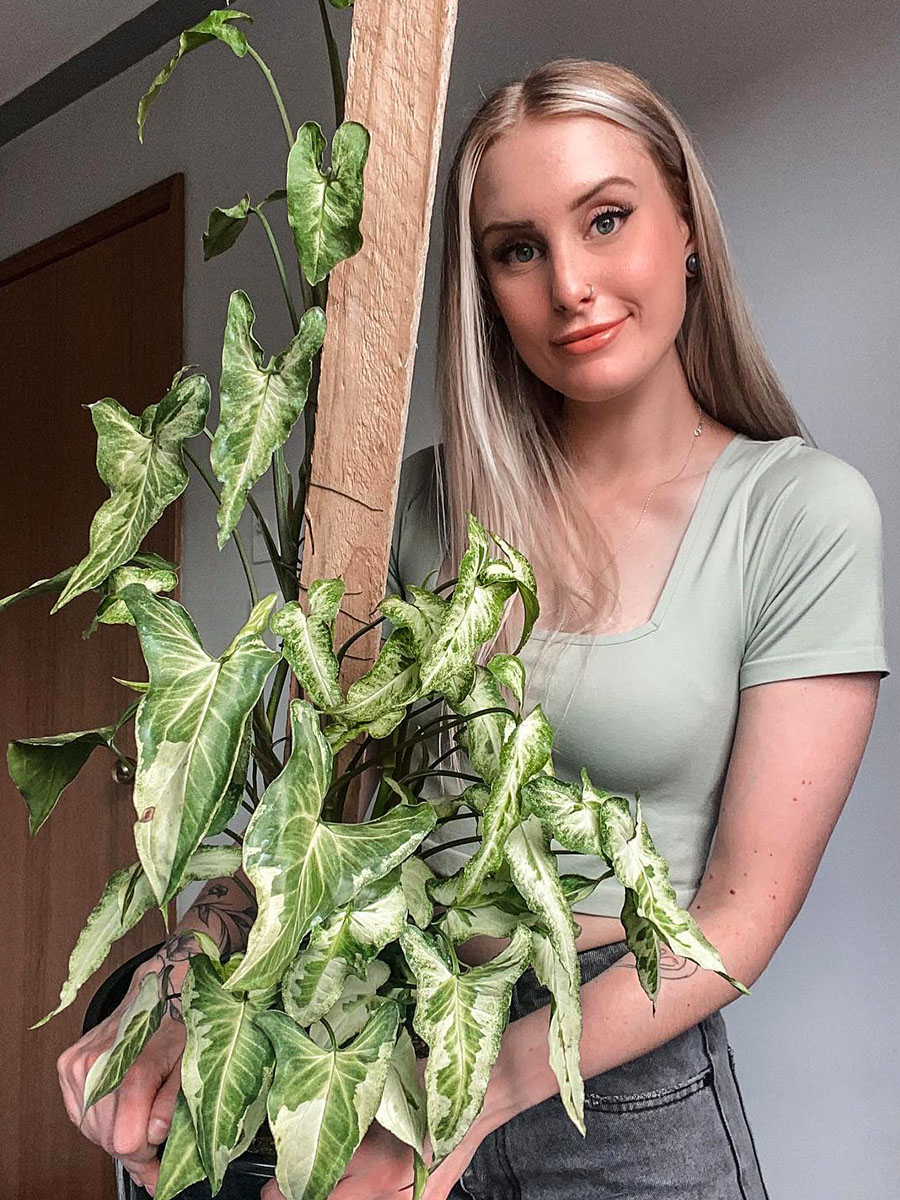
4. Fertilize Your Plant Regularly
Treat your arrowhead plant regularly (usually every two weeks) during the growing season with a basic houseplant fertilizer.
5. Propagate Your Plant as Needed
Growing arrowhead plants is not that difficult. You can employ propagation to manage the growth of your plant or use stem cuttings to create new growth. Look for a stem with two or three aerial roots or nodes. Use a clean, sharp knife to make a diagonal cut just below the node in the stem, submerge it in water for about two weeks, and then repot the cutting.
Grouping Arrowhead Plants With Similar Plants
This is a very great way of getting your green plants involved and more connected. Group arrowhead plants with similar plants, and you'll notice that once situated, arrowhead plants co-exist nicely alongside houseplants with similar light requirements.
Such plants include philodendron, red aglaonema, and pothos plants. Much like the arrowhead plant, these species are known for their leaf variegation and their natural climbing or trailing behavior. Arrowhead plants can look attractive beside the much larger Monstera deliciosa plants, which also require bright indirect light.
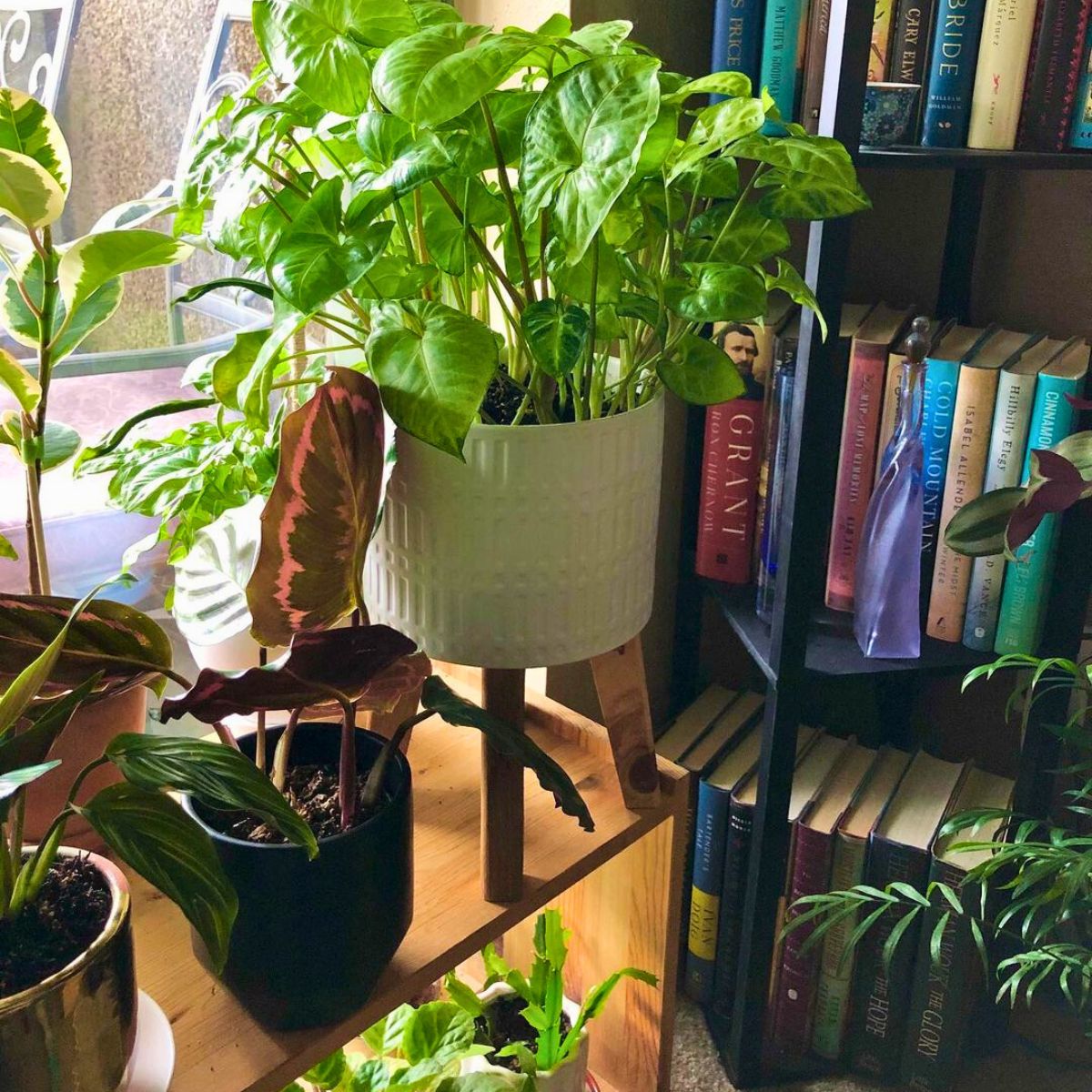
Common Pests and Plant Diseases
On its own, the arrowhead plant is largely pest-resistant. However, there's always a risk if you have other houseplants at home because generally speaking, arrowhead plants can get exposed to pests like scale, aphids, and mealybugs. Neem oil or a similar natural remedy should be used for your plant right away if you observe any of these issues.
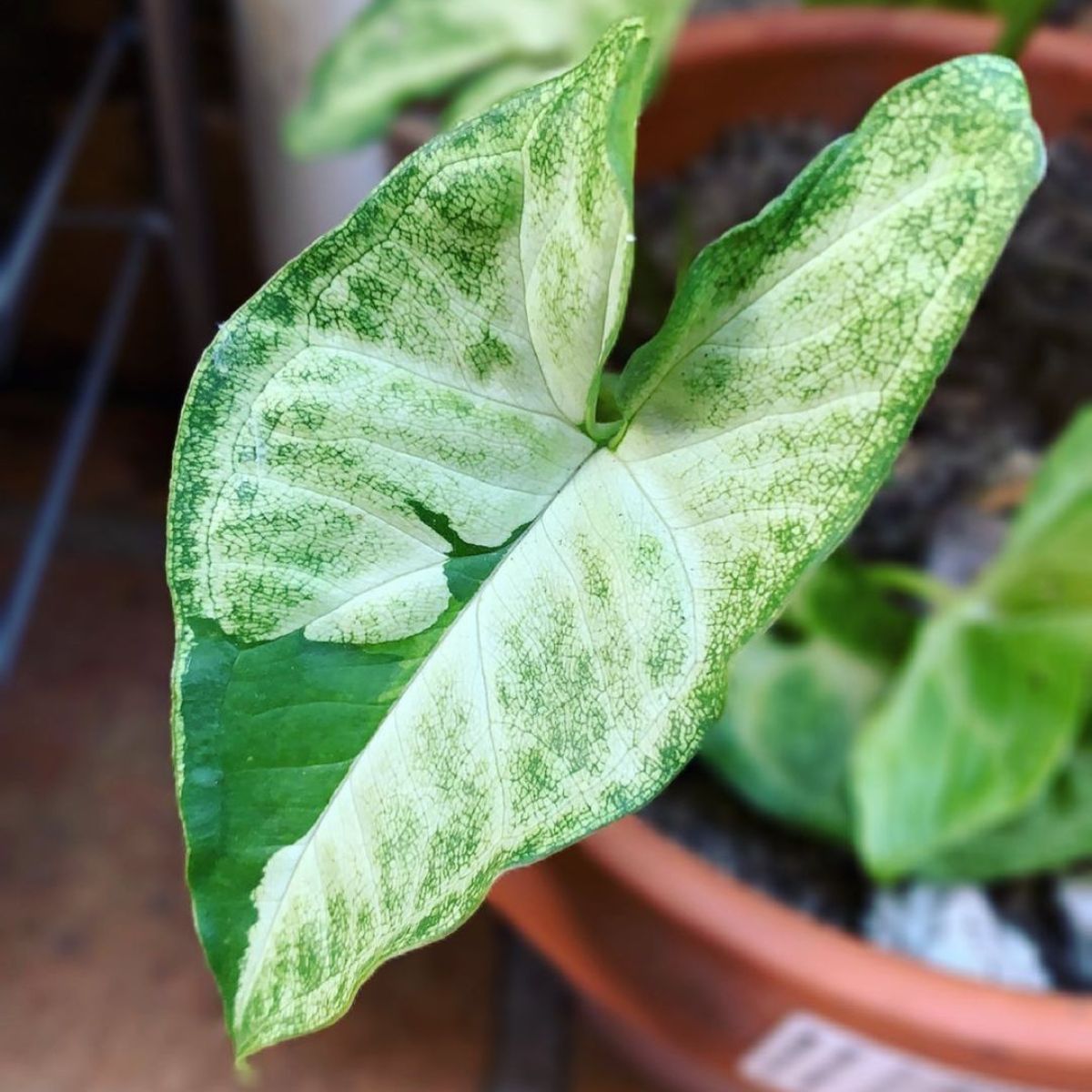
Arrowhead Plant Toxicity
Arrowhead plants contain calcium oxalates that cause skin irritation. When swallowed, they can cause swelling of the mouth, lips, and tongue. Keep these plants away from small children and pets.
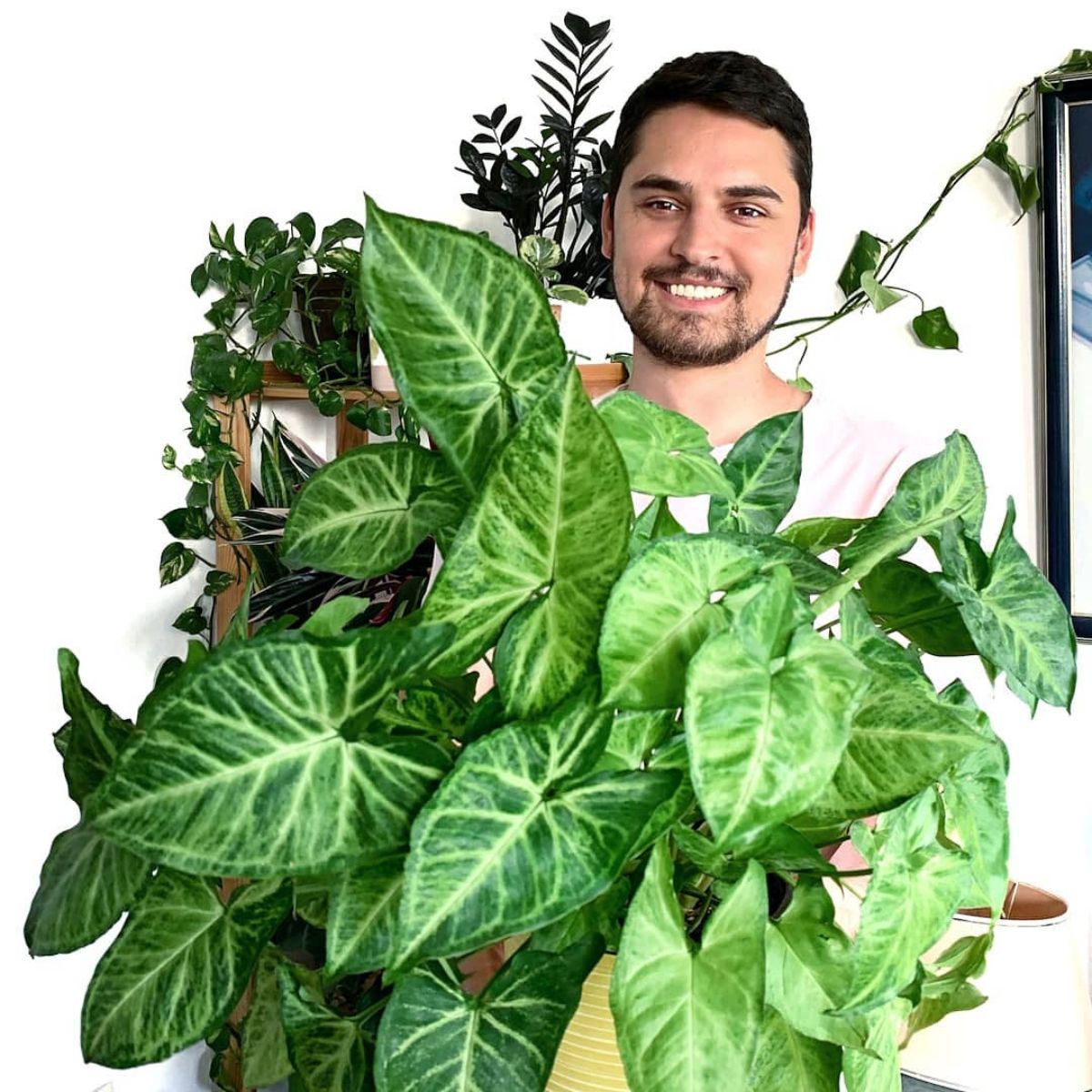
The arrowhead is indeed a relatively easy houseplant to care for and are climbers in the wild that'll make your interior spaces look absolutely dazzling green! Continue to read more about this plant in the article 'Syngonium Podophyllum Albo Variegatum - One of the Best Picks for Rare Houseplant Lovers'.
Featured picture by @jordan.cashen

